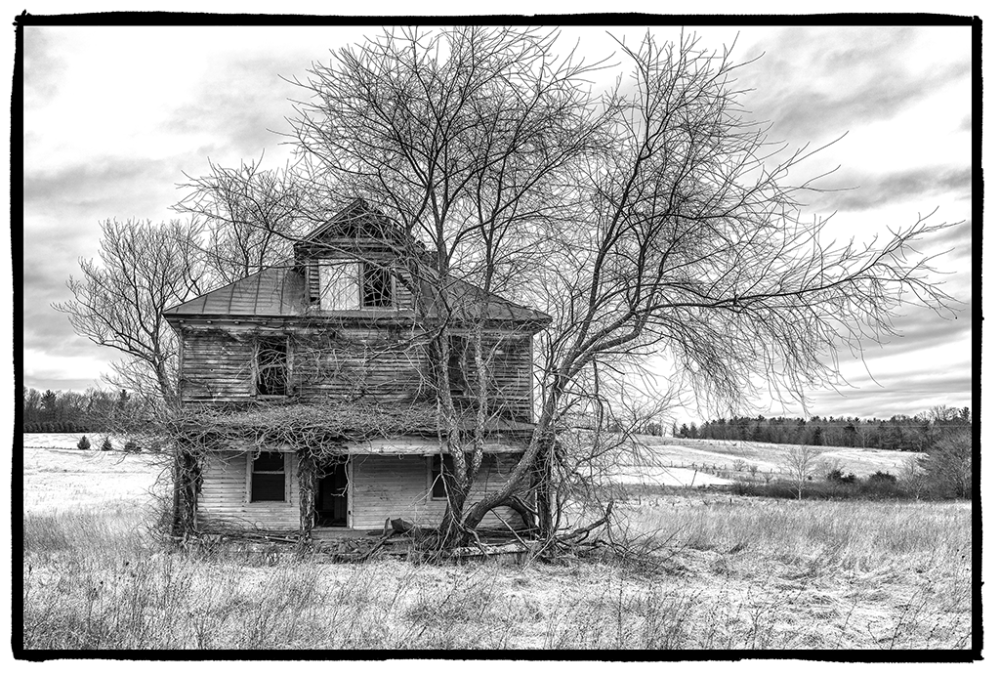More Than Meets the Eye: Alternative Photographic Processes
Special Collections & Archives Exhibit

More Than Meets the Eye: Alternative Photographic Processes
Artists have long employed visual aids to replicate the perfect linear perspective to lend two-dimensional artworks the illusion of depth. One of the most widely used visual aids, camera obscura, eventually led to the invention of photography. Regarded essentially as a child of technical rather than aesthetic traditions, photography has been viewed as an outsider to fine art. This stigma can also be attributed to the Western pictorial tradition which places a higher value on the classical principle of ideal art as a transcription over more subjective “interpretations” of reality.
However, photography was born into an era when the fever for an objective tool for recording reality was rising. Early photographs were made in a spirit of documentation and investigation, but with increasing technical versatility resulting from different printing processes, artists have been able to employ the medium for their interpretation of the contingent realities of the visible world. Photography matured to accommodate both “objective” and more “interpretive” approaches. The Medford Collection, like many other ostensibly documentary photographs, straddle these modes. Particularly, the series What Happened? may be viewed as an expression of nostalgia evoked by the dilapidated structures and vernacular architecture of Floyd County, Virginia. Placing the Medford Collection in dialogue with a selection of photographs from the Print Collection, the exhibition also examines six alternative photographic processes and their role in the industrialization and democratization of photography.